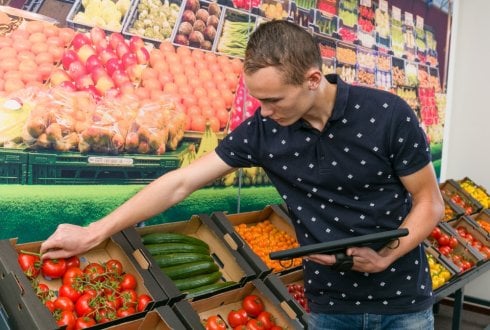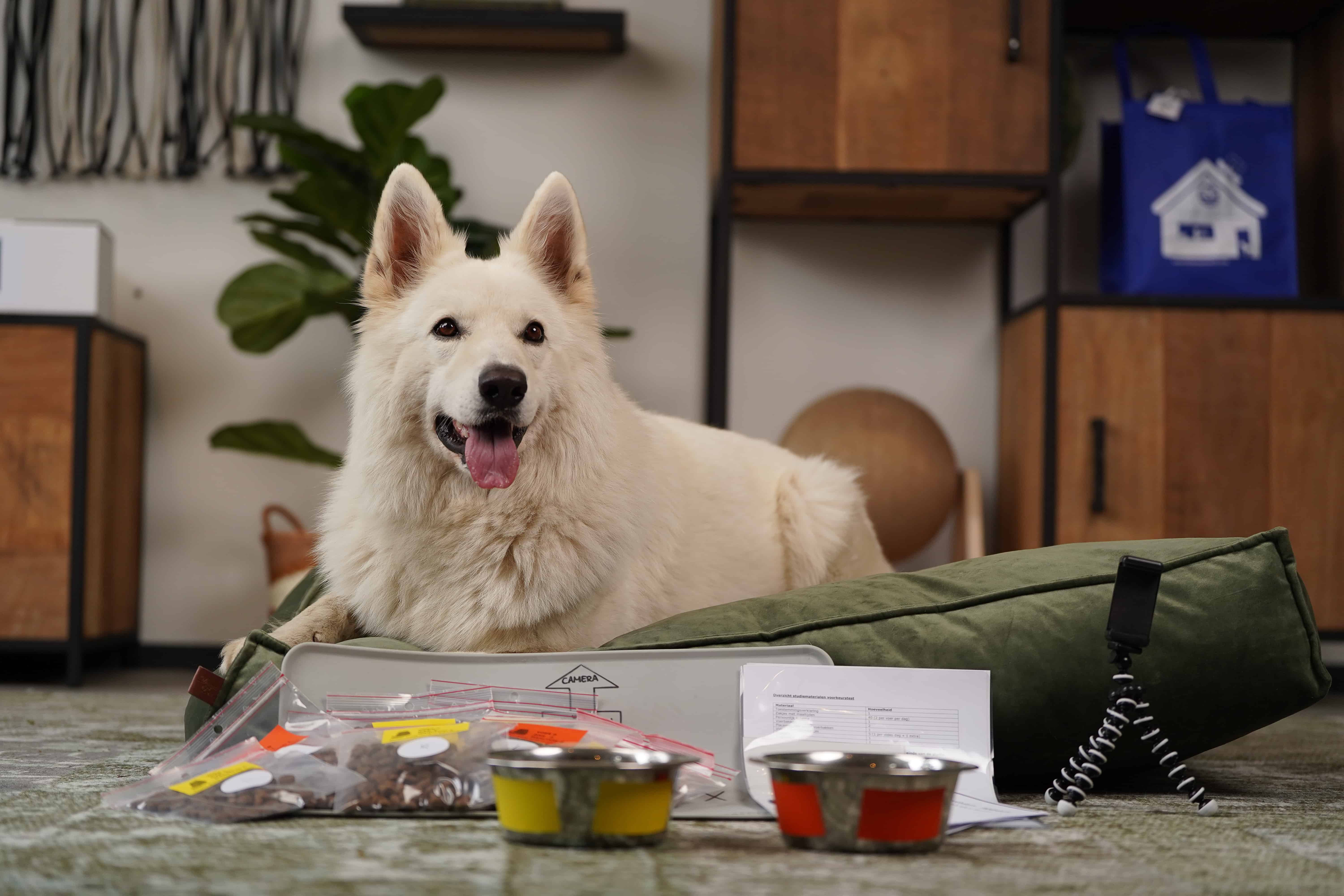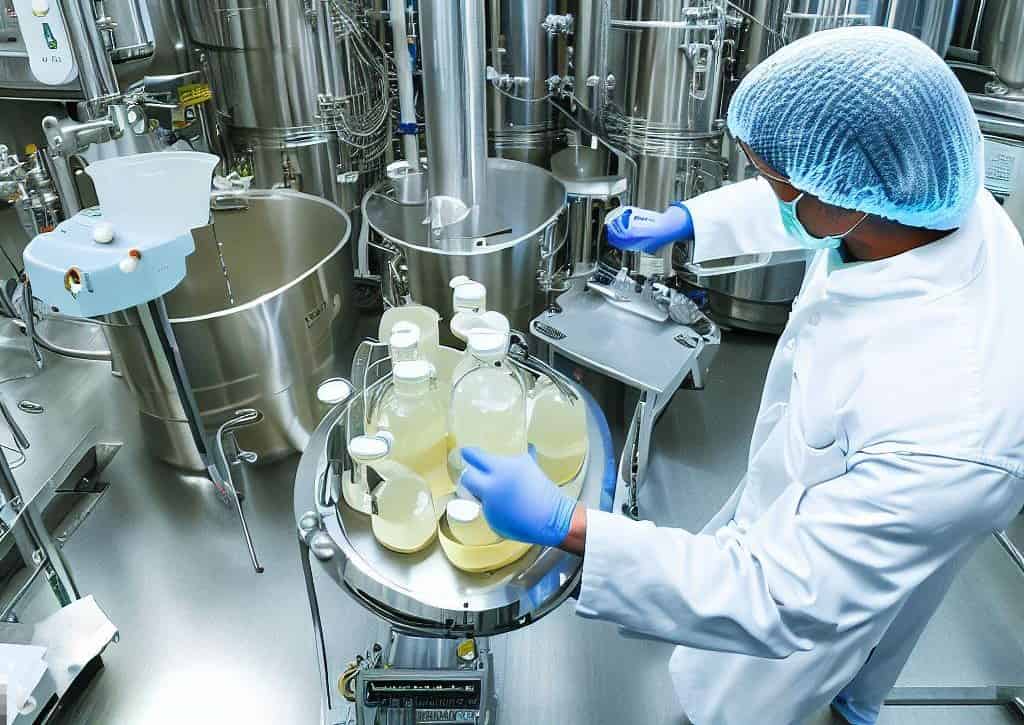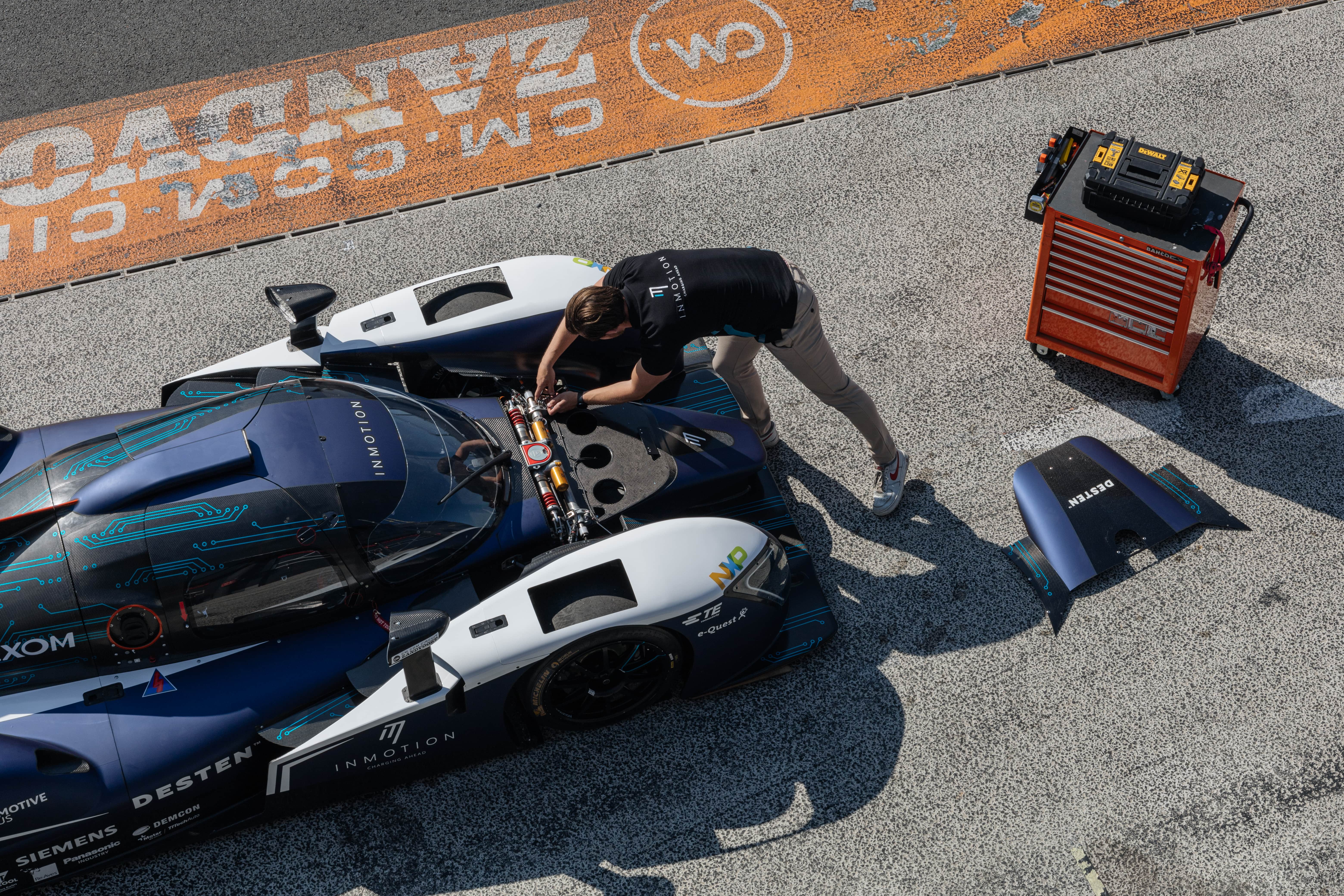
You can argue about what is fresh. Are you referring to the moment when fruit or vegetables were harvested? Or the moment they ended up in the store or on the market stall for the first time? And how long will they stay fresh? Before long, you will be able to find out conclusively with the help of a new tool. And then you will know immediately how long the vine tomato will stay fresh.
The Greenhouse Horticulture and Flower Bulbs business unit at Wageningen University & Research (WUR, the Netherlands) plans to develop a method in which sensors and image recognition indicate the freshness level and shelf life of fruit and vegetables. They are starting with vine tomatoes.
Shelf life is not only dependent on the harvest date. Older breeds can be considered to be fresh for longer periods of time compared to some vine tomato varieties that have been harvested more recently. This has to do, among other things, with the breed of the fruit or vegetable. Growing conditions also play an important role in the level of freshness. Determining the shelf life of batches of fruit and vegetables is still a job for humans. However, this is relatively expensive, subjective, and inflexible.
Technological solution
The WUR wants to find a solution to this issue. This will be done in cooperation with a number of breeders, as well as an inspection body, and sensor technology companies, among others. This solution comprises a combination of techniques. For example, spectral sensors can be used to examine the texture of the vine tomato without the need to squeeze them. Such a device can determine the color values and the level of sheen through the use of image recognition technology. By using this type of image recognition, the system can at the same time determine the size and shape of the unripe portions. This enables you to work out how long it will take for the fruit to ripen.
A formula for the level of freshness of vine tomatoes
However, in order to do this, it must first be determined what exactly the optimum moment of ripeness is. Once again, the opinions of consumers vary widely here as well. Some people find bananas dotted with brown dots ripe for the rubbish bin, while others find that they have only just reached their optimal level of ripeness. A special taste team has been set up to work this out.
In this research, members of the taste team from the WUR are giving their own opinion on a large number of vine tomatoes. The questions they are being asked are: “How fresh do you think the tomato looks?” and “would you buy this vine tomato?” Experts are also being asked about their observations. This input is then linked to the sensor and image recognition measurements, among other things. This ultimately creates a ‘formula’ for the perceived level of freshness, which can then be used to predict the shelf life of a tomato.
Cutting down on waste
The new method yields objective measurements. This makes it easier to compare the shelf life of different batches of vine tomatoes in the supply chain. The WUR believes that the method is also a way of cutting down on waste. What’s more, the method can also be used with other crops in the future. Whether the method will eventually be acceptable if an app becomes available to consumers is highly debatable. For the time being, it is mainly being used as an extra tool for producers and (intermediary) traders.
The research is expected to start at the beginning of 2021 and will be financed by a consortium made up of several companies and the WUR.
You can also read other IO stories about technological innovations in food production via this link.







